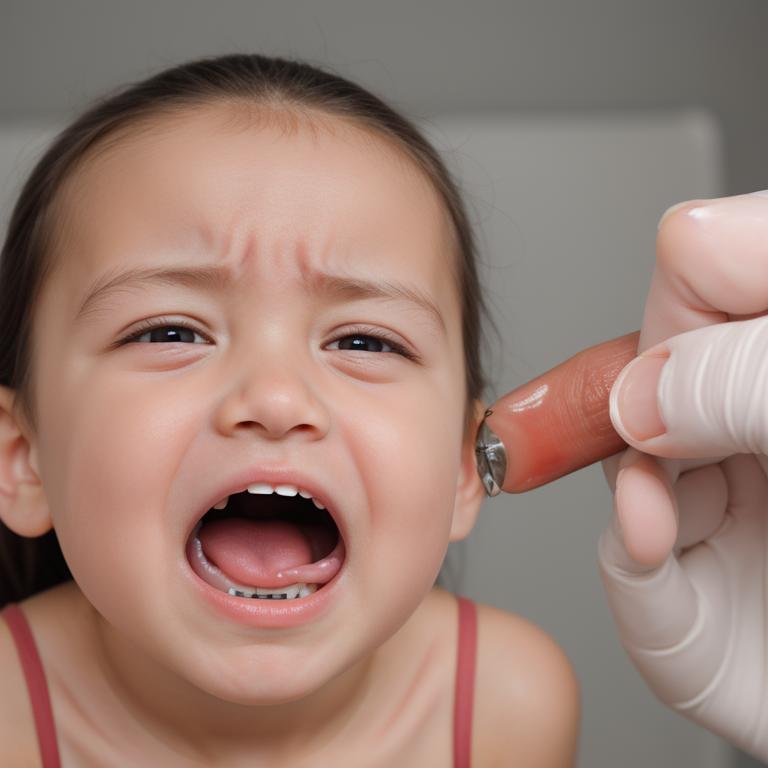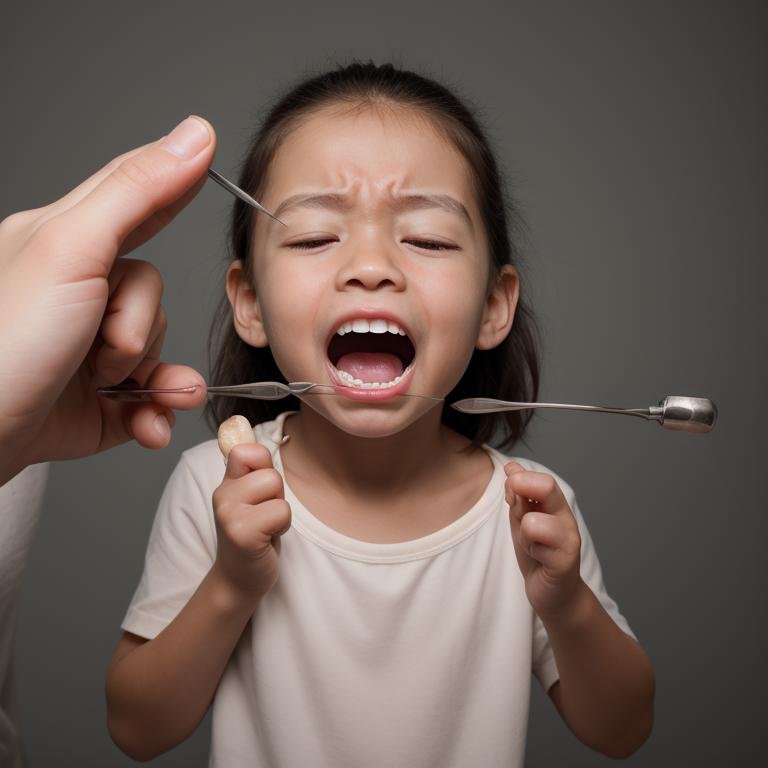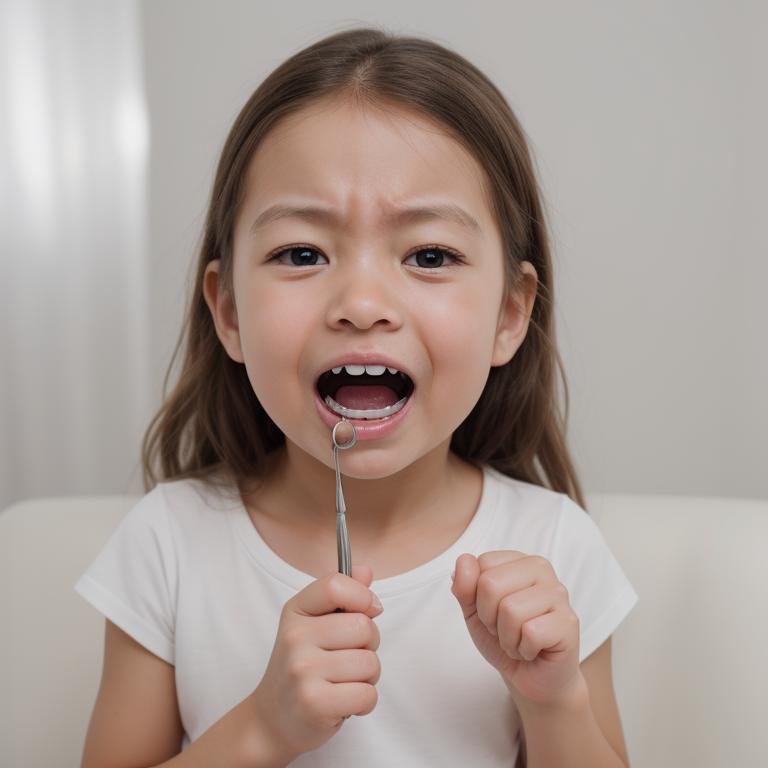Introduction
Hey there, kids! Have you ever wondered how your teeth come in and grow? It’s like a cool adventure for your mouth! In this guide, we’re going to explore the tooth eruption timeline. That’s just a fancy way of saying how and when your teeth start to show up. Your teeth are super important and have their own special timeline for growing in. Let’s dive in and discover all about it!
What is Tooth Eruption?
The Basics of Tooth Eruption
Tooth eruption is the process where your teeth come through your gums and start to show up in your mouth. Think of it as a little surprise party happening in your mouth! This usually begins when you’re just a baby and continues as you grow. Your teeth start out hidden below your gums, and then they slowly push their way through.
Baby Teeth or Milk Teeth
Your first set of teeth are called baby teeth or milk teeth. These are the tiny teeth that make your smile extra cute when you’re little. They usually start to come in when you’re about six months old. These teeth are really important because they help you chew your food and speak clearly.
Permanent Teeth
When you get older, your baby teeth will start to fall out to make room for your permanent teeth. These are the teeth you’ll have for most of your life. They start coming in around age six and continue until you’re about 12 or 13 years old. It’s like a big switch from baby teeth to adult teeth!
The Tooth Eruption Timeline

When Do Baby Teeth Appear?
Baby teeth usually start to appear between six and twelve months of age. Here’s a fun timeline of when you can expect them to show up:
- Central Incisors: These are the two front teeth on the top and bottom. They often come in first, around 6 to 12 months.
- Lateral Incisors: Next are the teeth next to your central incisors, showing up between 9 and 16 months.
- Canines: These are your pointy teeth, also called “cuspids,” coming in between 16 and 23 months.
- Molars: These are the big teeth at the back that help you chew. They usually come in from 23 to 33 months.
The Transition to Permanent Teeth
As you grow, your baby teeth will start to wiggle and fall out to make way for your permanent teeth. Here’s when you can expect this to happen:
- Central Incisors: Your permanent front teeth usually start coming in around 6 to 8 years old.
- Lateral Incisors: These teeth come in next, between 7 and 9 years old.
- Canines: Your permanent canines usually show up between 9 and 12 years old.
- Premolars: These are the teeth behind your canines, coming in between 10 and 12 years old.
- Molars: Finally, your back molars, also known as “second molars,” come in between 11 and 13 years old.
Fun Facts About Teeth

Teeth Are Super Strong!
Did you know that your teeth are one of the strongest parts of your body? They are even stronger than bones! Your enamel, which is the outer layer of your teeth, is really hard and protects your teeth from getting damaged.
Everyone’s Teeth Are Unique
Just like fingerprints, no two people’s teeth are exactly the same. Everyone has a unique smile! The way your teeth come in and grow can be different from your friends and family.
Brushing and Flossing
Keeping your teeth clean is super important. Brushing your teeth twice a day and flossing once a day helps keep them healthy and strong. It’s like giving your teeth a daily spa treatment!
How to Take Care of Your Teeth
Brushing Tips
- Brush Twice a Day: Make sure to brush your teeth in the morning and before bed. Use a soft-bristled toothbrush and fluoride toothpaste.
- Brush for Two Minutes: Take your time to brush all the surfaces of your teeth. Singing a song can help you brush for the right amount of time!
- Replace Your Toothbrush: Change your toothbrush every three to four months, or sooner if the bristles are worn out.
Flossing Tips
- Floss Once a Day: Flossing helps get rid of food stuck between your teeth that your toothbrush can’t reach.
- Be Gentle: Don’t force the floss between your teeth. Gently slide it up and down along the sides of your teeth.
- Ask for Help: If you’re not sure how to floss properly, ask a parent or guardian for help.
Product Information: Tooth Care Essentials

Taking care of your teeth is important, and having the right tools can make it easier. Here’s a list of some great products to help you keep your smile shiny and healthy:
Toothbrushes
Toothbrushes come in all sorts of colors and shapes. Here are some features to look for:
| Feature | Description |
|---|---|
| Soft Bristles | Gentle on your gums and teeth. |
| Ergonomic Handle | Comfortable to hold and use. |
| Fun Colors | Make brushing time more fun! |
Toothpaste
Toothpaste helps clean your teeth and keep your breath fresh. Look for these features:
| Feature | Description |
|---|---|
| Fluoride | Helps strengthen tooth enamel. |
| Mild Flavor | Pleasant taste that you’ll like. |
| Kids’ Formula | Specially made for younger teeth. |
Floss
Floss helps get rid of food and plaque between your teeth. Check out these features:
| Feature | Description |
|---|---|
| Mint Flavor | Freshens your breath while you floss. |
| Easy Grip | Makes flossing easier to do. |
| Soft and Gentle | Gentle on your gums and teeth. |
FAQs About Tooth Eruption
1. When Do Baby Teeth Start to Come In?
Baby teeth usually start to come in when you’re about six months old. Your first teeth will be your central incisors, which are the two front teeth on the bottom.
2. How Long Does it Take for All Baby Teeth to Come In?
It usually takes about two to three years for all of your baby teeth to come in. By the time you’re three years old, you should have a full set of 20 baby teeth.
3. What Happens When Baby Teeth Fall Out?
When your baby teeth start to fall out, it’s because your permanent teeth are coming in. This process usually begins around age six and continues until you’re about twelve.
4. Why Do Some Kids Lose Their Teeth Earlier or Later Than Others?
It’s normal for kids to lose their teeth at different times. Some kids might lose their teeth a little earlier or later than others. It’s all part of growing up and getting your adult teeth.
5. How Can I Keep My Teeth Healthy?
To keep your teeth healthy, make sure to brush them twice a day, floss daily, and visit your dentist regularly. Eating healthy foods and avoiding too many sugary snacks also helps keep your teeth strong and clean.
Conclusion
Wow, we’ve learned a lot about teeth today! From the tiny baby teeth that come in when you’re a baby to the big permanent teeth that you get as you grow up, it’s clear that your teeth have a very special timeline. Remember, taking care of your teeth with brushing, flossing, and healthy eating helps keep your smile bright and strong. So, keep smiling and take care of those amazing teeth of yours!
We hope this guide has made learning about your tooth eruption timeline fun and easy. Keep checking back for more awesome information on how to keep your smile shining bright!

